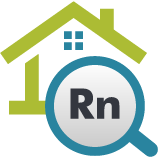Understanding Radon Mitigation Costs
Understanding the factors influencing the cost of radon air mitigation systems is essential for property owners seeking effective solutions. This page provides a detailed overview of typical expenses, key cost factors, and related services to assist in budgeting and decision-making.
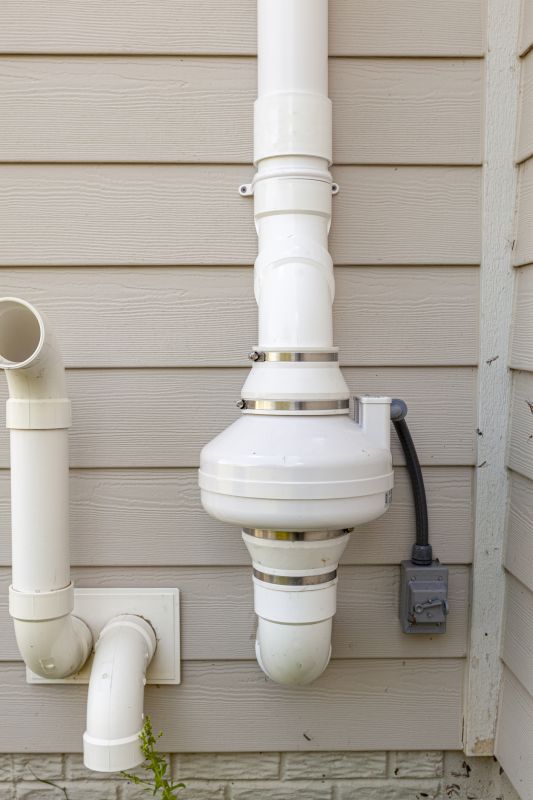
Larger or complex layouts can increase installation costs due to additional materials and labor requirements.
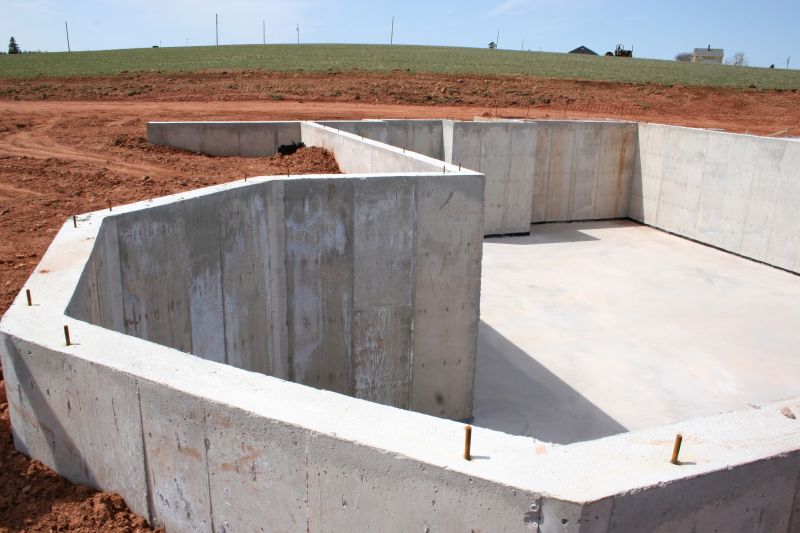
Different foundation types, such as slab or basement, impact the complexity and price of mitigation systems.
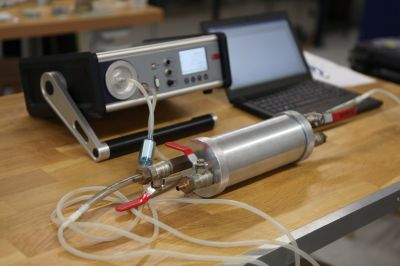
Higher radon concentrations may require more extensive systems, affecting overall costs.
| Factor | Impact on Cost |
|---|---|
| House Size | Larger homes typically incur higher installation costs. |
| Foundation Type | Complex foundations increase system complexity and expense. |
| Radon Concentration | Elevated levels may require advanced mitigation solutions. |
| Accessibility | Hard-to-reach areas can add to labor costs. |
| System Type | Active venting systems are generally more expensive than passive options. |
| Local Regulations | Compliance requirements can influence overall expenses. |
| Labor Costs | Regional labor rates affect total installation price. |
| Additional Components | Features like airtight seals or specialized fans add to costs. |
The cost of radon air mitigation systems varies based on several key factors, including the size and layout of the property, the foundation type, and the radon levels present. Typically, the installation price ranges from moderate to high depending on these variables. For smaller homes with straightforward foundations and moderate radon levels, costs tend to be lower. Conversely, larger or more complex structures, higher radon concentrations, and challenging access points can significantly increase expenses. It is advisable for property owners to obtain detailed assessments from certified professionals to determine specific costs tailored to their property’s characteristics.
Additional costs may include permits, inspection fees, and optional system enhancements such as airtight sealing or energy-efficient fans. Regular maintenance and monitoring are also recommended to ensure ongoing system effectiveness, which can incur periodic expenses. Understanding these factors helps in budgeting for both installation and long-term operation, ensuring a comprehensive approach to radon risk management.
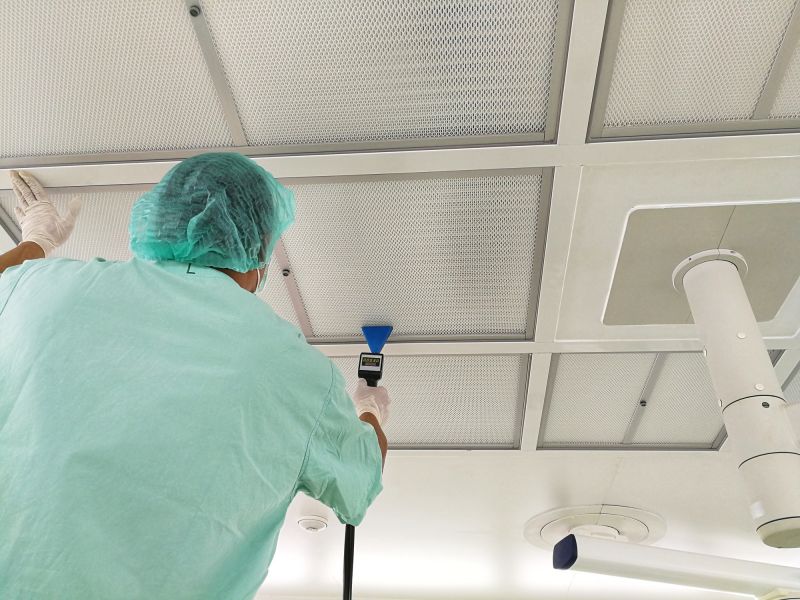
Enhanced ventilation systems can influence mitigation costs by improving indoor air quality.
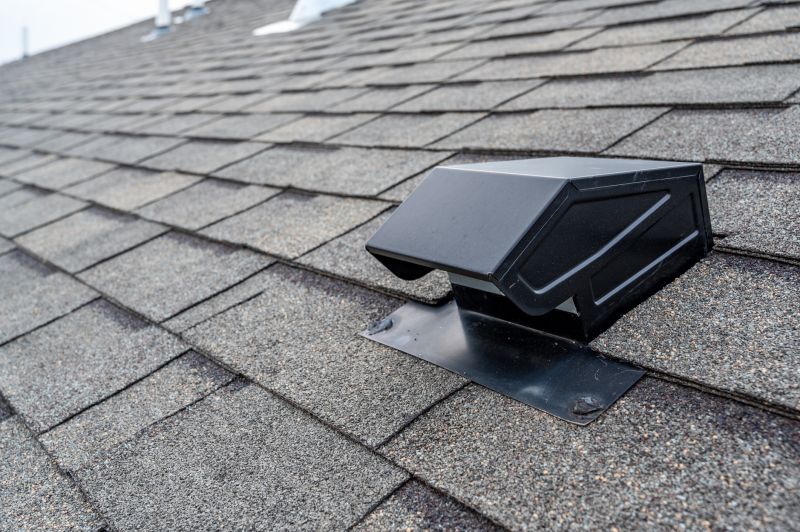
The choice of fan and vent pipe materials impacts both initial costs and system durability.
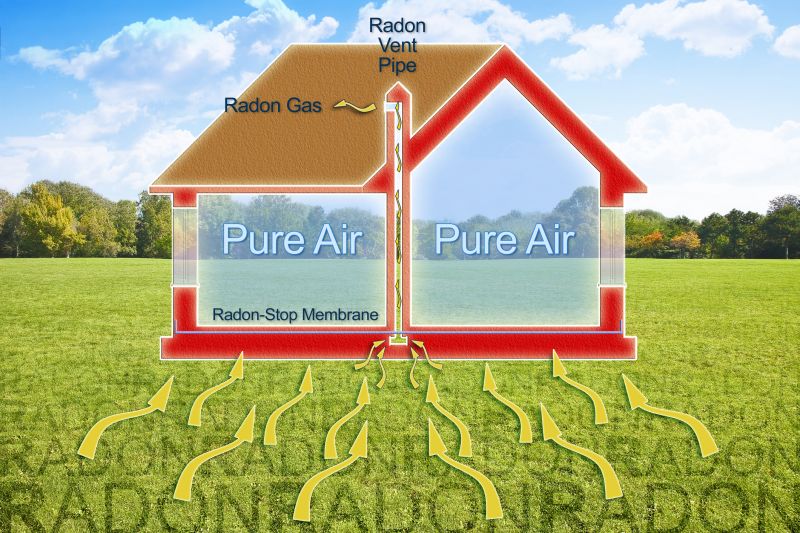
Upgrades to sealing and insulation can increase upfront costs but improve system efficiency.
| Service | Average Cost |
|---|---|
| Basic Radon Mitigation System | $1,200 - $2,500 |
| Advanced Radon Mitigation System | $2,500 - $4,000 |
| Radon Testing and Inspection | $150 - $300 |
| System Maintenance and Monitoring | $100 - $200 annually |
| Sealing and Insulation Upgrades | $500 - $1,500 |
| Additional Ventilation | $300 - $800 |
| Permitting and Inspection Fees | $100 - $500 |
| Emergency or After-hours Service | $200 - $600 |
| Extended Warranty or Service Plan | $300 - $700 |
| Energy-efficient Fan Upgrade | $400 - $900 |
